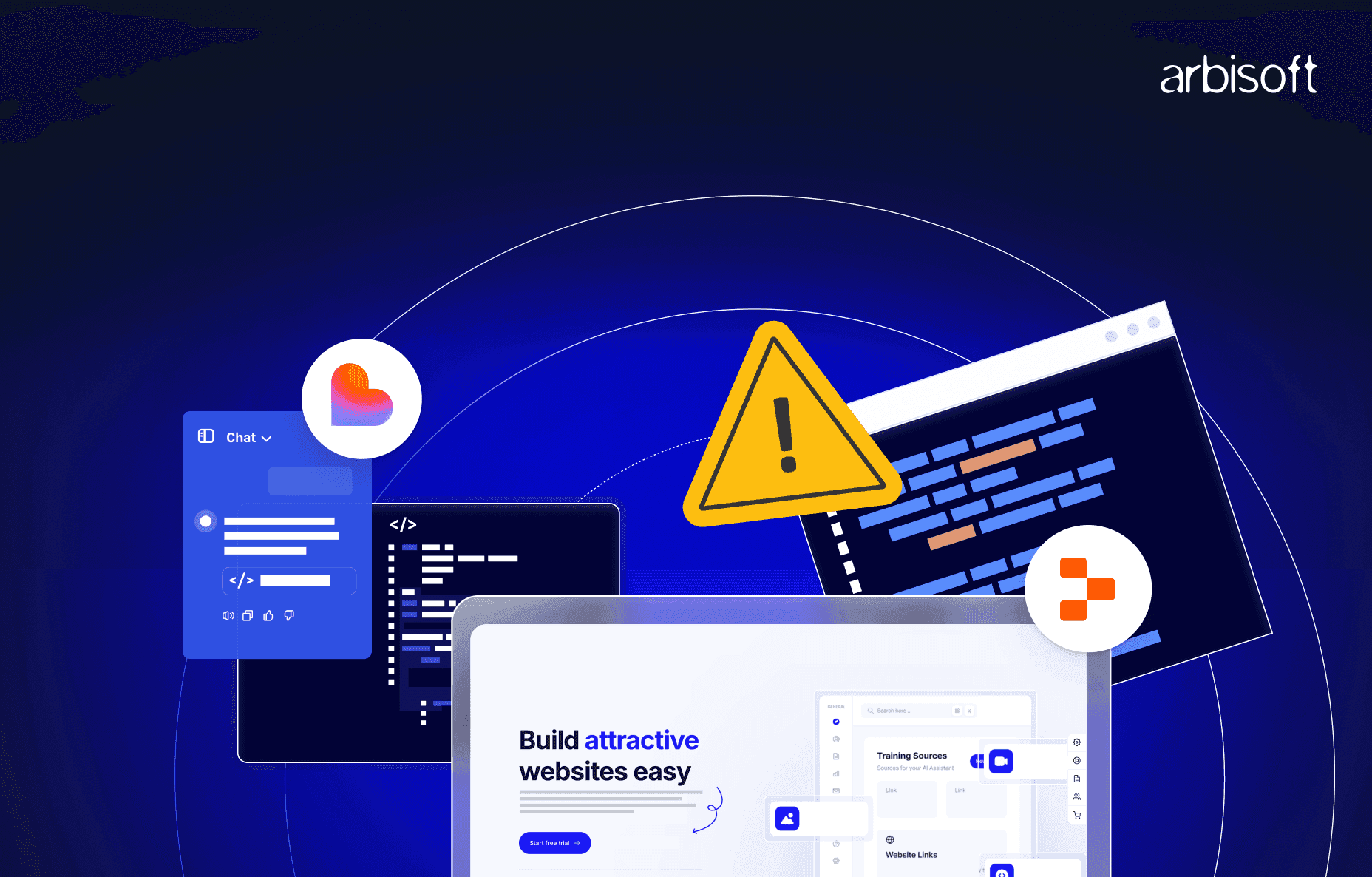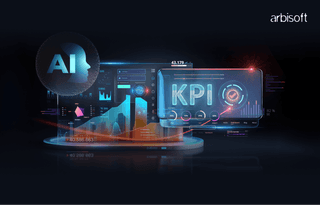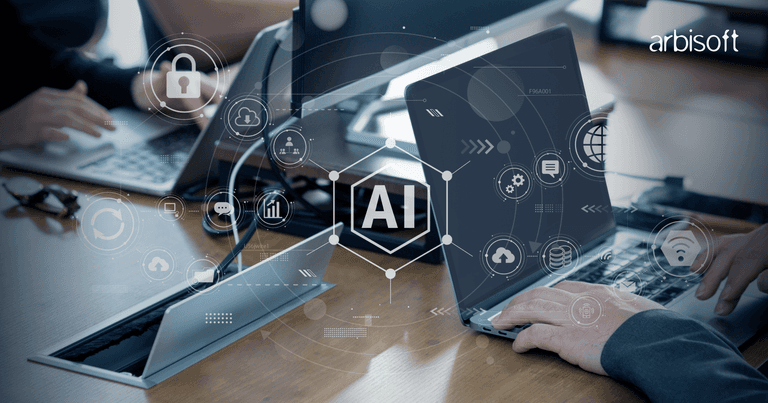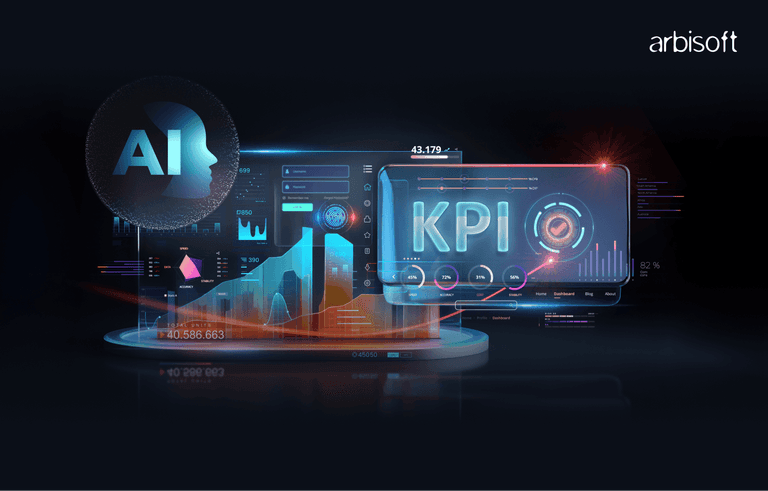We put excellence, value and quality above all - and it shows




A Technology Partnership That Goes Beyond Code

“Arbisoft has been my most trusted technology partner for now over 15 years. Arbisoft has very unique methods of recruiting and training, and the results demonstrate that. They have great teams, great positive attitudes and great communication.”
The Dark Side of Vibe-Coding: Debugging, Technical Debt & Security Risks

AI-assisted development can accelerate delivery, but unstructured use introduces long-term risks that can erode product stability, security, and maintainability. These risks are not abstract; they align with well-documented software engineering failure modes. Addressing them requires a disciplined, standards-based approach.
Why Vibe-Coding Feels So Good—Until It Doesn't
AI-generated code can appear correct, pass initial tests, and integrate quickly. This creates the perception of efficiency, especially when compared to traditional manual development cycles. However, this surface-level speed hides the fact that AI models generate code probabilistically, not deterministically.
That means the generated code is influenced by training data patterns rather than precise reasoning, increasing the likelihood of subtle logic errors or incomplete implementations. These errors may only appear under uncommon runtime conditions, making them expensive to detect later.
Because of this, development teams that treat AI output as production-ready without additional safeguards face elevated defect rates and maintenance overhead.
This leads directly to the next concern: speed without stability introduces cumulative risk in active product environments.
Velocity vs. Stability in Startup Environments
Startups often prioritise delivery velocity to meet investor, customer, or market expectations. However, when AI accelerates code creation without equal emphasis on validation, technical debt in AI coding grows disproportionately.
That’s why choosing a structured, feedback-driven approach in early builds is essential. Teams often underestimate the work it takes to go from vibe coded prototype to production-ready product, especially when early builds hide messy code, fragile architecture, and mounting technical debt. Arbisoft turns vibe-coded prototypes into real, working products, helping you launch feature-focused MVPs that test the market, collect actionable feedback, and refine your product strategy without sacrificing long-term stability.
NIST’s Secure Software Development Framework (SSDF) identifies insufficient review of generated components as a major contributor to post-deployment vulnerabilities. Without verification, AI output can introduce design flaws that compromise resilience under load or during scaling.
Balancing speed with stability requires that every AI-generated artifact be treated as untrusted until reviewed and tested. Otherwise, the short-term gain of faster delivery is offset by the long-term cost of unplanned rework.
Once speed takes priority over structure, debugging AI generated code becomes a recurrent bottleneck.
Hidden Pitfalls Behind the "Just Ship It" Mindset
AI-generated code often passes superficial checks but fails under deeper inspection. Common pitfalls include:
- Incorrect edge case handling due to insufficient contextual understanding by the AI model.
- API misuse resulting from outdated or incomplete training data.
- Silent security flaws, such as improper input validation or insecure cryptography defaults.
The “just ship it” mindset bypasses comprehensive testing, increasing the likelihood of production defects. According to the OWASP Secure Coding Practices, incomplete validation and unreviewed dependencies are the leading root causes of exploitable vulnerabilities in deployed systems.
When these flaws surface, debugging AI-generated code is significantly harder than fixing human-written code.
Technical Debt in AI Coding: Invisible Yet Growing
Technical debt in AI coding differs from traditional debt in one important way: it often hides within seemingly well-structured code. Because AI outputs are syntactically correct and stylistically consistent, maintainers may overlook underlying logic flaws or suboptimal architecture.
Unchecked, this leads to:
- Increased onboarding time for new developers due to unclear decision rationale.
- Reduced test coverage when teams assume generated code is inherently correct.
- Elevated bug rates in areas with dense AI contributions.
One of the most damaging forms of hidden debt arises from AI code security risks.
When the Vibes Break Production
In production, AI-generated code can fail in ways that standard QA cycles did not anticipate. This often occurs because test scenarios are designed around expected logic paths, while the AI may introduce deviations that remain untested.
Failures in authentication flows, data serialization, or API integration layers can cause service outages or security breaches. OWASP categorises these as high-impact vulnerabilities, particularly when they involve improper access control or injection flaws.
The result is not only downtime but also elevated remediation costs, especially if the flaws are exploited before detection.
These failures become even more severe when they intersect with regulated compliance environments.
How AI Code Security Risks Escalate Compliance Costs
AI code security is critical in industries governed by frameworks like GDPR, HIPAA, or PCI DSS. Non-compliance can result in substantial fines, legal exposure, and reputational damage.
According to the 2024 Veracode State of Software Security report, injection flaws remain among the top five most common vulnerabilities across all code scans. AI-generated code increases the risk when it reuses insecure patterns from public repositories without context-aware filtering.
Security scanning must therefore be embedded into the continuous integration pipeline, with particular attention to:
- Injection vulnerabilities (SQL, NoSQL, OS, LDAP)
- Cross-site scripting (XSS)
- Insecure direct object references (IDOR)
- Insecure deserialization
Without these controls, ai generated code security risks compound over time, increasing both remediation cost and audit complexity.
This links directly to the operational impact of compounding technical debt.
To understand how AI-assisted coding and vibe coding in MVP development shape product success, explore our blog on where speed helps and where it risks long-term stability.
The Compounding Cost Curve of AI-Accelerated Technical Debt
Research by Capers Jones and industry analyses published by CAST Software show that fixing defects after deployment can cost up to 30 times more than addressing them during development. AI-accelerated coding shortens creation time but can inadvertently extend debugging and remediation cycles.
When debugging AI-generated code becomes a recurring requirement, sprint predictability suffers. This impacts delivery commitments, team morale, and stakeholder trust.
Allocating a fixed percentage of each sprint to technical debt reduction—specifically targeting AI-generated components—helps contain long-term cost escalation.
Managing this risk requires a structured, governed AI development workflow.
Turning Chaos into a Controlled AI Workflow
A disciplined AI workflow applies the same rigor to generated code as to human-authored code, aligned with secure software development lifecycles (SSDLC).
When the goal is precision, scalability, and ROI-driven outcomes, Arbisoft’s custom software development services ensure that every line of code is engineered to optimise business processes and deliver measurable value from concept to execution.
Establishing AI Code Security Guardrails
- Redact sensitive data before providing context to AI tools.
- Apply automated static analysis (SAST) and dynamic analysis (DAST) on all generated code.
- Conduct a manual security review for any code involving authentication, encryption, or data persistence.
These controls align with recommendations from NIST and OWASP.
Proven Playbooks for Debugging AI-Generated Code Faster
- Use role-specific, detailed prompts to narrow output variance.
- Maintain full unit and integration test coverage, including negative test cases.
- Apply mutation testing to validate the robustness of the generated logic.
Governance Tactics to Limit Technical Debt in AI Coding
- Define a clear policy for AI usage scope within the team.
- Track AI contribution ratios and correlate with defect density metrics.
- Schedule recurring codebase audits to identify and refactor high-risk areas.
Empowering Teams with AI Code Help—Without Losing Accountability
- Provide training on prompt engineering for precision outputs.
- Tag AI-generated sections in version control for traceability.
- Integrate peer reviews focused on maintainability and security.
With these guardrails in place, teams can measure AI’s ROI with meaningful data.
Demonstrating ROI to CTOs & VPs of Engineering
ROI evaluation should focus on measurable engineering outcomes:
- Mean time to resolution (MTTR) for defects
- Deployment frequency without quality degradation
- Defect escape rate from staging to production
Combining DORA metrics with defect classification data specific to AI-generated components allows leaders to make informed investment and policy decisions.
When managed correctly, AI can deliver speed without sacrificing stability or security.
Building a Sustainable Competitive Edge with Secure, Maintainable AI Code
Sustainable advantage comes from integrating AI code generation within a controlled engineering process. This means shipping faster while maintaining low defect density, high test coverage, and strong security posture.
By systematically addressing AI code quality concerns, teams prevent hidden liabilities from accumulating. This results in cleaner scaling, fewer emergency patches, and better long-term predictability.
To reach that state, the path forward is deliberate adoption rather than unchecked enthusiasm.
From Vibe-Coder to Strategic Tech Leader
Transitioning from ad-hoc AI use to a mature, secure, and efficient process requires incremental steps:
- Pilot AI usage in low-risk modules.
- Embed continuous security and quality checks.
- Train developers in secure prompt design and validation.
- Monitor technical debt metrics tied specifically to AI-generated code.
When technical debt in AI coding is actively managed, AI becomes a force multiplier rather than a liability.
People Also Asked
1. What is vibe-coding in AI-assisted development?
Vibe-coding is an informal approach where developers rely heavily on AI-generated code without following a structured review or testing process. It may feel fast, but it often skips essential checks for stability, security, and maintainability.
2. Why is AI-generated code riskier without review?
AI tools create code based on patterns from training data. They do not reason through logic step by step. This can lead to subtle bugs, weak security, or incorrect edge case handling that remain hidden until later in production.
3. How does vibe-coding increase technical debt?
AI-generated code can look clean but hide weak logic or poor architecture. If these issues are not addressed early, they slow onboarding, reduce test coverage, and raise defect rates, creating hidden long-term costs.
4. What security risks are linked to AI-generated code?
Common risks include injection vulnerabilities, cross-site scripting, insecure data handling, and broken access control. If security checks are not in place, these flaws can lead to outages, breaches, or compliance violations.
5. How can startups balance speed and stability when using AI tools?
Treat all AI-generated code as untrusted until it is reviewed and tested. Maintain strong unit and integration coverage, run static and dynamic scans, and review any code that interacts with authentication, encryption, or sensitive data.
6. What compliance concerns should companies be aware of?
Industries regulated by GDPR, HIPAA, or PCI DSS face heavy penalties for security failures. AI-generated code can reuse insecure patterns from public sources, so security scanning and compliance checks should be built into the CI/CD pipeline.
7. How can teams control technical debt from AI use?
Define clear rules for where AI can be used, track AI-generated code ratios, link them to defect metrics, and schedule periodic audits to refactor risky sections.
























